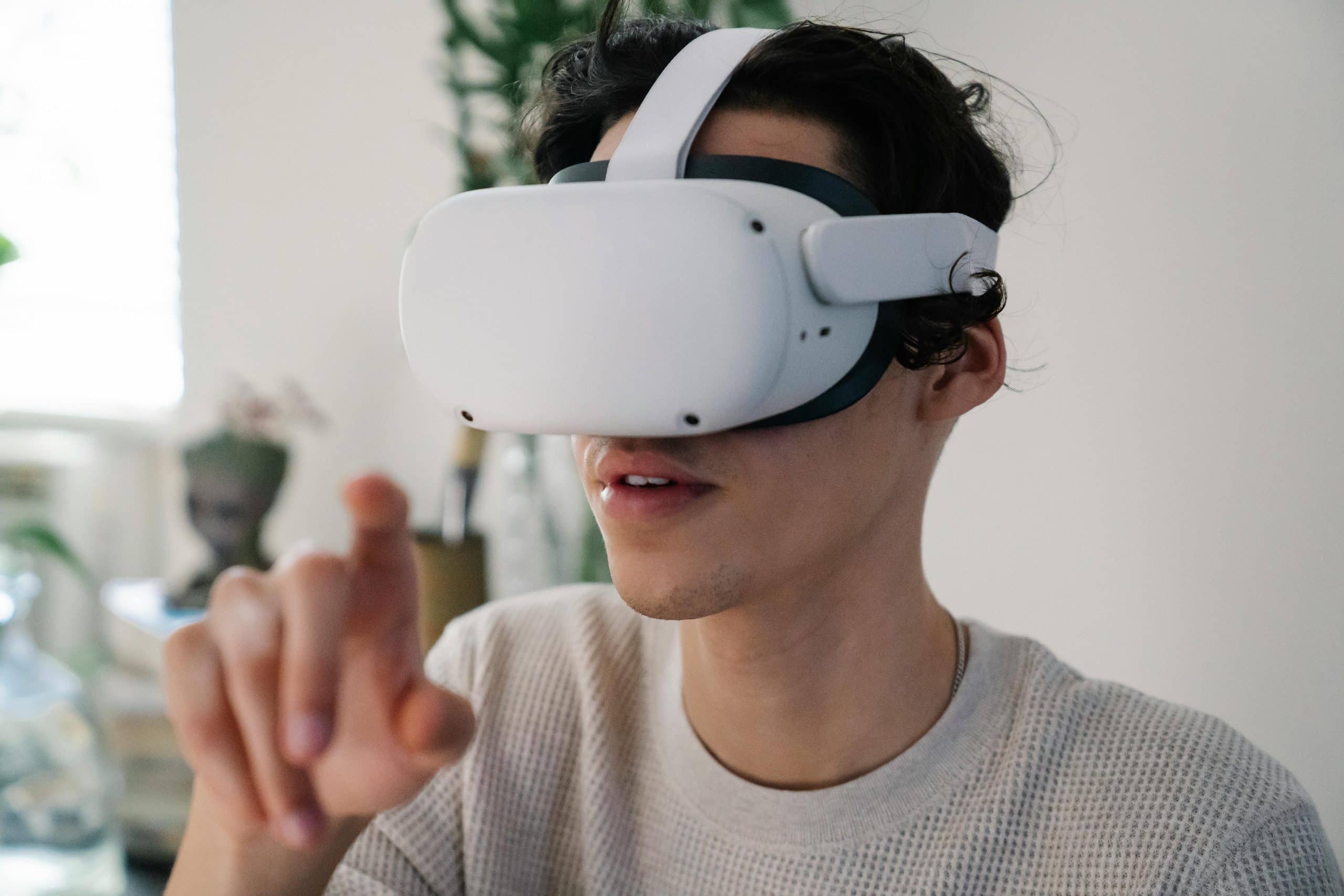How Can Virtual Reality Exposure Therapy Aid in the Treatment of PTSD in Military Veterans?

Post Traumatic Stress Disorder, commonly known as PTSD, is a widespread condition affecting a high percentage of military veterans. This mental health disorder is characterized mainly by intense, disturbing thoughts and feelings related to the traumatic experiences that these individuals have encountered while in service. With high prevalence rates and the debilitating impact it has on the lives of those afflicted, the need for effective treatment measures is more critical than ever. In the recent past, numerous therapeutic techniques have been employed to tackle PTSD. However, Virtual Reality Exposure Therapy (VRET) has emerged as an innovative and effective treatment modality with substantial potential.
The Concept of Virtual Reality Exposure Therapy
Virtual Reality Exposure Therapy (VRET) is a form of psychotherapy that utilizes state-of-the-art virtual reality technology to recreate traumatic scenarios. The idea behind this form of therapy is to expose the patient to the trauma-related cues and contexts in a controlled and safe environment.
En parallèle : Can the Practice of Daily Journaling Decrease Symptoms of Chronic Depression?
This type of therapy stands on the principles of exposure therapy, a well-established psychological treatment for anxiety disorders. The idea is to repeatedly expose individuals to their traumatic memories to reduce fear and anxiety. These repeated exposures gradually desensitize them to their triggers, helping them manage their symptoms more effectively.
With VRET, these exposures are simulated through virtual reality, providing a realistic yet controlled approach to trigger exposure. The therapist can modify these virtual scenarios based on each individual's specific triggers and trauma, providing a highly personalized treatment approach.
A lire également : How Effective Are Hydroponic Gardens in Improving Air Quality and Reducing Stress in Offices?
The Role of Virtual Reality Exposure Therapy in PTSD Treatment
VRET has a significant role in PTSD treatment, particularly for military veterans. The main advantage of using this therapy is its ability to recreate the exact situations that led to the development of PTSD in these individuals.
For military veterans, PTSD often stems from highly specific events and experiences during their service - things like active combat situations, or witnessing the death of a comrade. Traditional therapeutic techniques can only go so far in replicating these scenarios. However, using VRET, therapists can recreate these events in a detailed and immersive way, allowing veterans to confront their traumas head-on in a secure setting.
Another crucial aspect of VRET is its capacity to provide graded exposure. This means that the intensity of the virtual scenarios can be adjusted according to the veteran's comfort level, and slowly increased as they start to gain control over their reactions.
The Efficacy of Virtual Reality Exposure Therapy
The efficacy of VRET in treating PTSD in military veterans is backed by numerous clinical studies. These studies have demonstrated that VRET can significantly reduce PTSD symptoms and improve overall functionality in individuals.
One of the key factors contributing to the effectiveness of VRET is its ability to stimulate high levels of "presence". Presence refers to the psychological state in which virtual experiences are perceived as real. This heightened sense of reality during VRET sessions aids in the emotional processing of traumatic memories, facilitating a reduction in PTSD symptoms.
Additionally, VRET allows for a more objective assessment of a patient's progress. By monitoring physical responses such as heart rate and sweat levels during the virtual scenarios, therapists can track how well the patient is controlling their fear reactions over time.
Virtual Reality Exposure Therapy: A Promising Future
Looking ahead, the future of VRET in the treatment of PTSD in military veterans looks promising. With further advancements in technology, the use of VRET is expected to become even more widespread.
An important aspect where VRET holds significant potential is in its use for early intervention. By applying VRET soon after a traumatic event, the development of PTSD symptoms could be potentially slowed down or even prevented.
Another area of interest is the integration of VRET with other therapeutic techniques. Combining VRET with cognitive restructuring, for example, could further enhance its effectiveness. In this approach, the patient would work on changing their negative thought patterns about the trauma, while also being exposed to their triggers in the virtual environment.
The use of VRET also opens up the possibility of remote treatment. With the necessary VR equipment, veterans could potentially undergo therapy sessions in the comfort of their own homes, making treatment more accessible to those who may not be able to regularly visit a clinic.
Virtual Reality Exposure Therapy is undoubtedly an impactful tool in the treatment of PTSD in military veterans. Its potential to provide a realistic, safe, and controlled environment for exposure to traumatic triggers sets it apart from traditional therapies. As technology continues to advance, so too does the potential of VRET, making it an area of continued interest and research in the field of PTSD treatment.
Combining Virtual Reality Exposure Therapy with Other Therapies
Studies such as those found on Google Scholar, Pubmed Crossref and DOI Pubmed have indicated that Virtual Reality Exposure Therapy (VRET) proves to be more effective when combined with other therapeutic techniques. This potent combination provides a comprehensive approach that addresses every aspect of PTSD.
For instance, VRET can be combined with cognitive-behavioral therapy (CBT), which focuses on altering the negative thought patterns related to traumatic experiences. In a typical session, the patient would use VRET to experience their traumatic triggers in the virtual environment, and then work on changing their negative thoughts about the trauma through CBT. The combination of both therapies allows for an effective two-pronged approach: confronting and desensitizing from the traumatic triggers while also altering the thought patterns associated with them.
Furthermore, VRET can also be combined with prolonged exposure therapy. In such an approach, VRET exposes the patient to the traumatic triggers while prolonged exposure therapy extends this exposure over a longer period, aiding in the desensitization process.
By integrating VRET with other therapies, it expands its effectiveness in treating Post Traumatic Stress Disorder (PTSD), providing a more rounded and comprehensive approach to mental health treatment.
Conclusion: Virtual Reality Exposure Therapy's Impact on PTSD Treatment
The utilization of VRET in the treatment of PTSD in military veterans has shown to be a turning point in mental health therapy. Its ability to recreate traumatic scenarios in a controlled, safe environment allows for effective desensitization and helps veterans regain control over their mental health.
The efficacy of VRET is backed by multiple scientific studies available on platforms like Crossref Google, PMC Free, and DOI PMC. These studies demonstrate that VRET not only reduces PTSD symptoms but also improves overall functionality in individuals.
Moreover, the potential application of VRET in early intervention could act as a preventive measure, slowing down or even preventing the development of PTSD symptoms.
The prospect of integrating VRET with other therapies and the possibility of remote treatment presents a promising future for PTSD treatment. As technology progresses, it is expected that VRET will continue to evolve, remaining at the forefront of PTSD treatment approaches.
In conclusion, the unique capabilities and potential of VRET make it an invaluable tool in the treatment of PTSD in military veterans. As research continues and technology advances, we can look forward to even more innovative and effective methods to aid our veterans in their journey towards mental health recovery.
